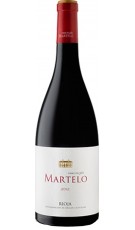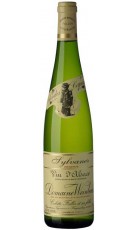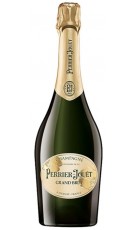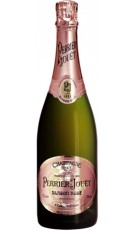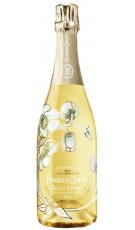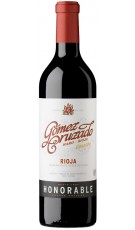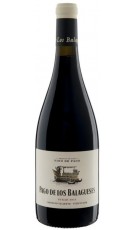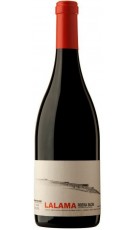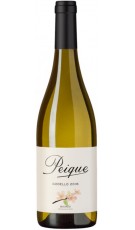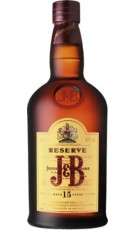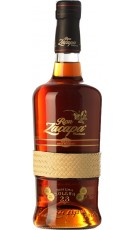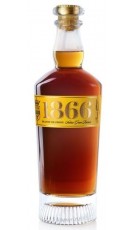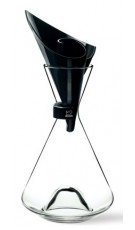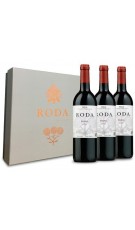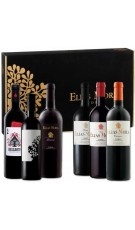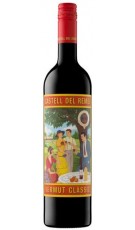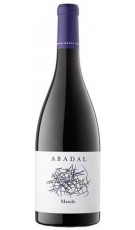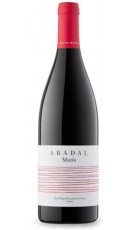
Cataluña There are 262 products.
La vid y el vino fueron introducidos por los griego en el área del Ampurdán. En época de los romanos se desarrolló el comercio de los vinos del Campo de Tarragona y de Alella, en los alrededores de Tarraco y Barcino. Durante el siglo XVIII se extendió la exporta...
Catalog
-
Alta Alella Cau D’en Genís...
Red wine.ALTA ALELLA • CELLER DE LES AUSAlellaRed wine from organic farming, made from Garnacha Peluda on decomposing granitic and sandy soils. It undergoes a long fermentation/aging process for 6 months on fine lees in a clay-based cement egg...
-
Alta Alella Cau D’en Genís...
White wine.ALTA ALELLA • CELLER DE LES AUSAlellaWhite wine from organic farming, made with the selection of the best grape grains of the Pansa Blanca (Xarel·lo) variety. We extract the characteristics of the variety through fermentation...
-
Abadal Nuat 2020
White wine.ROQUETA ORIGEND.O. Pla de BagesNuat refers to nu – naked in Catalan -, expressing the purity of this wine. Coming from vineyards that are more than 60 years old and from a unique production with lees, the result is an...
-
Abadal Arboset 2019
Red wine.ROQUETA ORIGEND.O. Pla de BagesExtreme, deep and authentic, Abadal Arboset expresses with purity and sincerity the most identifying elements of Abadal, such as the territory and the landscape, the search for uniqueness and...
-
Abadal Cinc 2019
Red wine.ROQUETA ORIGEND.O. Pla de BagesThe complexity of five types of merlot that grow in five different plots to make a single wine, providing the particular characteristics of each of these vineyards. On the nose, balsamic, spices...
-
Abadal 3.9 2020 Vino de Finca
Red wine.ROQUETA ORIGEND.O. Pla de BagesAbadal 3.9 Vino de Finca is the living expression of the plot where it is grown – polygon 3, plot 9; hence its name -, with calcareous stone floors on red clay. An elegant wine with a deep...
-
Abadal Picapoll 2022
White wine.ROQUETA ORIGEND.O. Pla de BagesThe first 100% Picapoll white wine to reach the market, it is a clear commitment to the identity of Bages through the recovery of this local variety. Singular, elegant and seductive.
-
Vermut Clásico Castell del...
Vermouth.CÉRVOLESCosters del SegreThe selection of wines and botanicals evokes the holy herb, the gentian, the gypsy herb or port herb, the blessed thistle and species such as nutmeg and saffron, with a citrus finish of orange peel.
Online only -
Abadal Mandó 2021
Red wineROQUETA ORIGEND.O. Pla de BagesRed Wine Crianza, aging during 12 months
-
Abadal Matís 2020
Red wineROQUETA ORIGEND.O. Pla de BagesRed Wine Crianza, 10 months in oak barrels
-
Clos Martinet Magnum 2021
Red Wine.MAS MARTINETPrioratClos Martinet is the Priorat of the 80s. The wine of those who believed in the terroir and dedicated all their efforts to taking care of the process, the form... It is the wine of the generation...
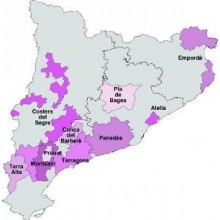
La vid y el vino fueron introducidos por los griego en el área del Ampurdán. En época de los romanos se desarrolló el comercio de los vinos del Campo de Tarragona y de Alella, en los alrededores de Tarraco y Barcino. Durante el siglo XVIII se extendió la exportación. De una parte se exportaba el vino del Ampurdán al Languedoc, y por otra parte se estimuló el cultivo de las comarcas litorales y prelitorales por la exportación a América como vino concentrado en aguardiente. Desde Villanueva y Geltrú se exportaba la producción del Penedés, desde Salou la producción del Baix Camp y del Priorato, y en menor medida desde los puertos de Rosas, Begur, Mataró, Barcelona y Tarragona. A partir del 1865, con la irrupción de la filoxera en Francia, todos los puertos orientaron la exportación al Languedoc y Provenza para atender la gran demanda francesa. Entre los años 1878 y 1900 la filoxera acabó destruyendo toda la viña de Cataluña. La replantación comportó un cambio, pasando la producción máxima del Bages al Penedès, y provocando el despoblamiento del Priorat. La replantación de cepas blancas favoreció el desarrollo del cava. Se crearon las primeras cooperativas vinícolas en Alella, Igualada y Artés, impulsadas por la Mancomunidad de Cataluña. Coincidiendo con el modernismo se construyeron grandes "cellers cooperatius" (bodegas cooperativas), denominados "catedrales del vino", en Barberà de la Conca, Espluga de Francolí, Falset, etc. En Raimat se produjo una experiencia inédita en Europa.

(+34) 91 129 11 11
(+34) 638 458 218
- Brandy
- Cognac
- Gin Premium
- Ron
- Whisky
- Denomination of Origin
- Winery



